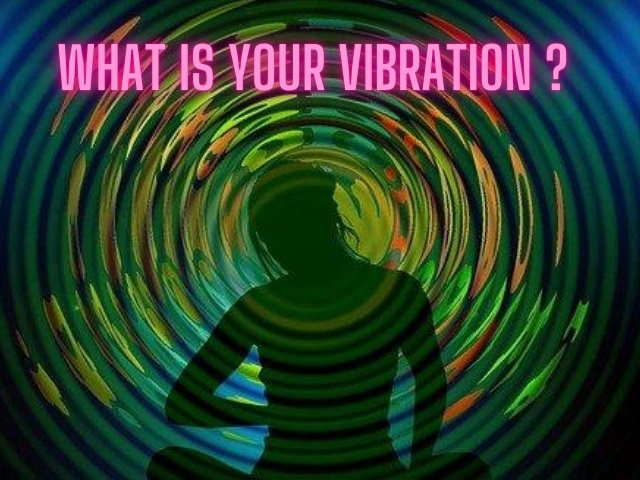Self-Hypnosis for Learning Deep Gratefulness: A Guide
Table of Contents : Self Hypnosis for Deep Gratitude Practice
- What is Self-Hypnosis?
- Definition and Basics
- The Science Behind Self-Hypnosis
- Understanding Gratefulness
- The Importance of Gratefulness
- Benefits of Practicing Gratefulness
- The Connection Between Self-Hypnosis and Gratefulness
- Steps to Practice Self-Hypnosis for Deep Gratefulness
- Preparing Your Mind and Environment
- Techniques to Enter a Hypnotic State
- Visualization Exercises for Gratefulness
- Practical Tips for Effective Self-Hypnosis
- Consistency and Routine
- Overcoming Common Challenges
- Real-Life Success Stories
- Conclusion
- References and Further Reading
Gratefulness is a powerful emotion that can transform your life, leading to increased happiness, better relationships, and improved health. However, in the chaos of everyday life, it’s easy to lose sight of the things we should be thankful for. This is where self-hypnosis comes into play. Self-hypnosis is a simple yet effective tool that can help you tap into your subconscious mind, fostering a deeper sense of gratefulness. This guide will walk you through the process of using self-hypnosis to cultivate and enhance gratefulness in your life.
1. What is Self-Hypnosis?
Definition and Basics
Self-hypnosis is a process of guiding yourself into a trance-like state where you can make positive suggestions to your subconscious mind. Unlike stage hypnosis often portrayed in the media, self-hypnosis is a therapeutic technique used to improve mental and emotional well-being. It’s a safe and natural way to access your inner thoughts and reprogram your mind for positive changes.
The Science Behind Self-Hypnosis
When you enter a hypnotic state, your brain waves slow down from the active beta state to the more relaxed alpha and theta states. In these states, your subconscious mind becomes more receptive to suggestions, allowing you to instill positive thoughts and habits more effectively. Studies have shown that self-hypnosis can help reduce stress, improve focus, and promote emotional healing.
2. Understanding Gratefulness
The Importance of Gratefulness
Gratefulness is more than just saying “thank you.” It’s a profound appreciation for the positive aspects of life. Practicing gratefulness helps shift your focus from what’s lacking to what’s abundant, fostering a positive outlook.
Benefits of Practicing Gratefulness
- Enhanced Mental Health: Regularly practicing gratefulness can reduce symptoms of depression and anxiety.
- Improved Physical Health: Grateful individuals tend to have stronger immune systems and lower blood pressure.
- Better Relationships: Expressing gratitude strengthens bonds with family and friends.
- Increased Resilience: Gratefulness helps you cope better with stress and adversity.
3. The Connection Between Self-Hypnosis and Gratefulness
Self-hypnosis can be a powerful tool to deepen your sense of gratefulness. By accessing your subconscious mind, you can reinforce positive thoughts and feelings, making gratefulness a natural and automatic part of your daily life. Through self-hypnosis, you can train your mind to focus on the positives and cultivate a habit of thankfulness.
4. Steps to Practice Self-Hypnosis for Deep Gratefulness
Preparing Your Mind and Environment
- Find a Quiet Space: Choose a comfortable and quiet place where you won’t be disturbed.
- Set Your Intention: Decide what you want to achieve. In this case, your goal is to enhance your sense of gratefulness.
- Relax Your Body: Sit or lie down in a comfortable position. Take a few deep breaths to relax your muscles.
Techniques to Enter a Hypnotic State
- Deep Breathing: Start by taking slow, deep breaths. Focus on the sensation of the air entering and leaving your lungs.
- Progressive Relaxation: Gradually relax each part of your body, starting from your toes and moving up to your head.
- Counting Down: Slowly count down from 10 to 1, with each number feeling more relaxed and closer to a hypnotic state.
Visualization Exercises for Gratefulness
- Imagine a Place of Peace: Picture a serene place where you feel completely at peace. This could be a beach, a forest, or a cozy room.
- Visualize Moments of Gratitude: Recall moments in your life when you felt deep gratitude. Visualize these moments in vivid detail, feeling the emotions associated with them.
- Gratitude Affirmations: Repeat positive affirmations such as “I am grateful for the abundance in my life” or “I appreciate the love and support of my family and friends.”
5. Practical Tips for Effective Self-Hypnosis
Consistency and Routine
- Daily Practice: Aim to practice self-hypnosis for gratefulness daily, even if it’s just for a few minutes.
- Create a Routine: Incorporate self-hypnosis into your daily routine, perhaps in the morning to start your day positively or in the evening to reflect on the day’s blessings.
Overcoming Common Challenges
- Distractions: Find a quiet place and eliminate potential distractions. Use earplugs or a white noise machine if necessary.
- Impatience: Be patient with yourself. It may take some time to get used to the process and see significant changes.
- Doubt: Believe in the process. Trust that self-hypnosis can help you cultivate deep gratefulness with regular practice.
6. Real-Life Success Stories
Many individuals have successfully used self-hypnosis to enhance their gratefulness and overall well-being. For instance, Jane, a 35-year-old teacher, struggled with stress and negative thinking. After incorporating self-hypnosis into her routine, she noticed a significant improvement in her outlook on life. She felt more thankful for her job, her students, and her personal life, which led to increased happiness and reduced stress.
Similarly, Mark, a 42-year-old businessman, found that self-hypnosis helped him appreciate the small things in life. By focusing on gratitude, he felt more content and satisfied, which improved his relationships and productivity at work.
7. Conclusion
Self-hypnosis is a powerful tool that can help you cultivate deep gratefulness, transforming your outlook on life and enhancing your overall well-being. By regularly practicing self-hypnosis, you can train your mind to focus on the positives, appreciate the abundance in your life, and develop a lasting habit of thankfulness. Remember, the journey to deep gratefulness is a gradual process, but with consistency and patience, you can achieve a profound sense of gratitude that enriches every aspect of your life.
Check Your Vibrational Level Quiz
8. References and Further Reading
- Spiegel, H. (1972). “An Eye-Roll Test for Hypnotizability.” American Journal of Clinical Hypnosis.
- Lynn, S. J., & Kirsch, I. (2006). “Essentials of Clinical Hypnosis: An Evidence-Based Approach.” American Psychological Association.
- Emmons, R. A., & McCullough, M. E. (2003). “Counting Blessings Versus Burdens: An Experimental Investigation of Gratitude and Subjective Well-Being in Daily Life.” Journal of Personality and Social Psychology.
- Danko, D. (2019). “The Power of Self-Hypnosis: Harnessing the Power of Your Subconscious Mind.” Mindvalley.
- Bandler, R., & Grinder, J. (1979). “Frogs into Princes: Neuro Linguistic Programming.” Real People Press.
- Radin, D. (2006). “Entangled Minds: Extrasensory Experiences in a Quantum Reality.” Simon and Schuster.










